 |
Hempstead |
|
Village History |
||||||||||||
|
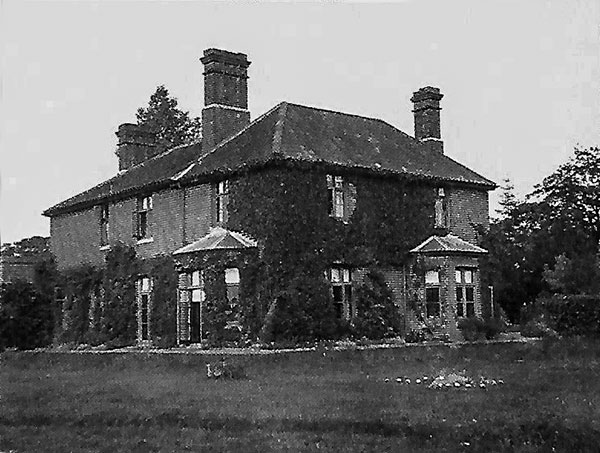 |
c.1900 |
The present Hempstead vicarage was built in 1876 to the east of the original building that in around 1675 fell down to the ground and was utterly demolished so that we had no house upon the vicarage ground. |
|
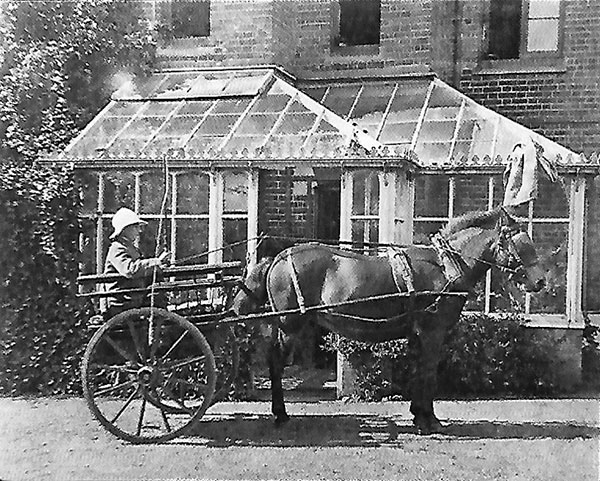 |
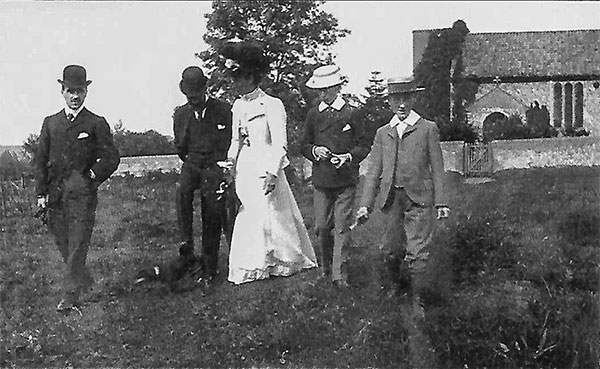 |
Charles J. C. Wright in front of the vicarage - c.1900 |
Churchgoers returning to the Vicarage across what is now the Playing Field - c.1900 |
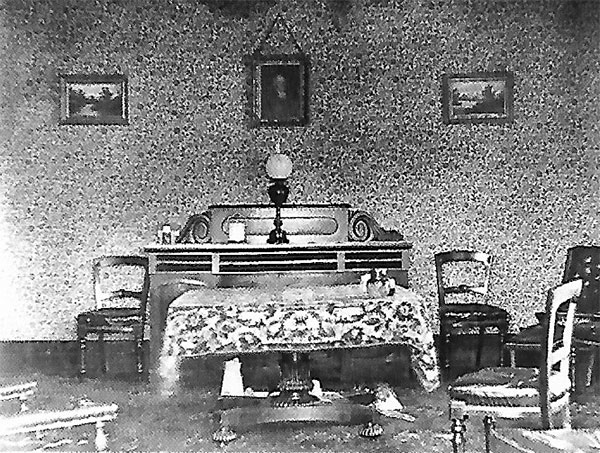 |
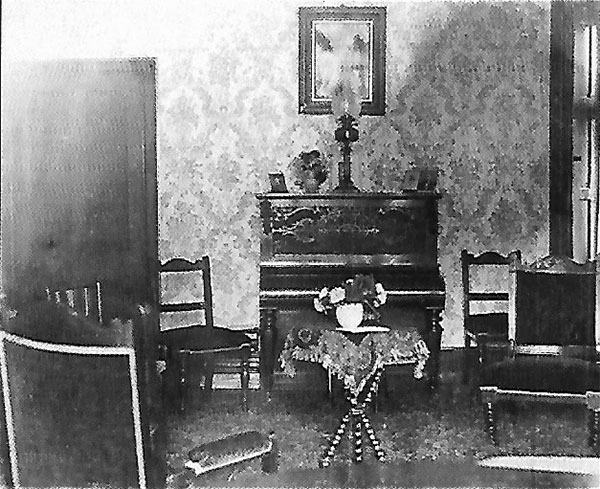 |
Vicarage interior - c.1900 |
|
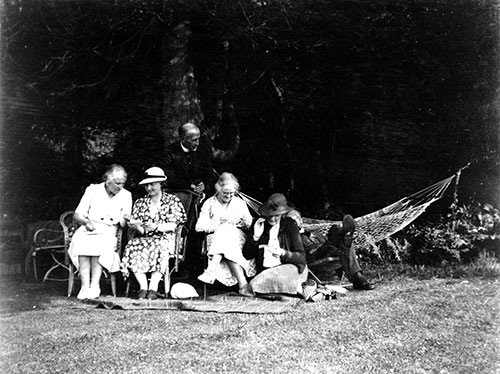 |
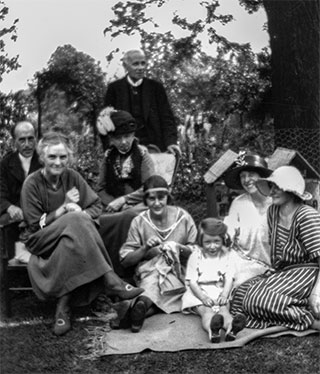 |
Vicarage garden party - c.1935 Believed to be Rev Davidson of Stiffkey, who rented The Lodge for one month during the summer |
Vicarage garden party - c.1935 Rev Alfred Auden at the back His mother in law sits in front of him with Ruth Auden sitting on the ground knitting |
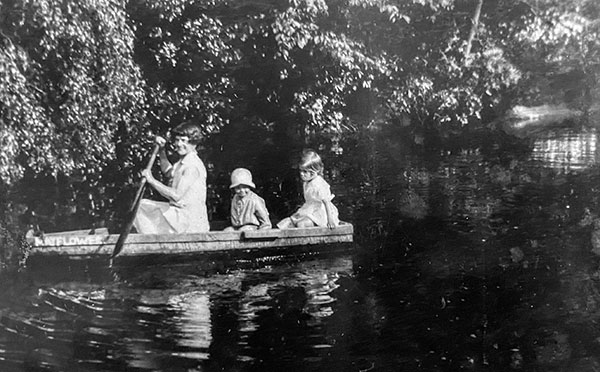 |
Ruth Auden, David Watson-Cooke, Diana Watson-Cooke - c.1935 |
In East Anglian Archaeology Report No 8 (Norfolk) Andrew Rogerson and Nick Adams have written a fascinating report on the excavation of the moated site to the south-west of the church which they concluded was the site of the lost medieval Lose Hall. ln that report they considered also the possibility of the site being that of the original vicarage and recorded the following information:- Rogerson goes on to state ''The Glebe Terrier of 1613 places the vicarage to the south of the church and between the road and the manor close and described it as "a dwelling house and a barne with one little outhouse . . .'' So somewhere underground to the west of the village playground there must still be the foundations of the original vicarage, its “barne'' and outhouse. Presumably it was Robert Watson, vicar between 1599 and 1649 but also Vicar of Bodham and Baconsthorpe, in one of which villages he may have lived, who let the former vicarage fall down so that since the mid-l7th century to 1876 there was nowhere in the village for the vicar or (unless he took lodgings) for the curate to live. |
| The Church has a brick tower, built in 1744, and is a vicarage . . . White's 1836 |
The living is a discharged vicarage, average tithe rent-charge £106, net yearly value £154, with 23 acres of glebe and residence, in the gift of the Dean and Chapter of Norwich, who are impropriators of the great tithes, and held since 1889 by the Rev. Thomas Webster Whistler M.A. of St. Peter's College, Cambridge. The vicarage house was erected on the glebe in 1876. Kelly's 1892 |
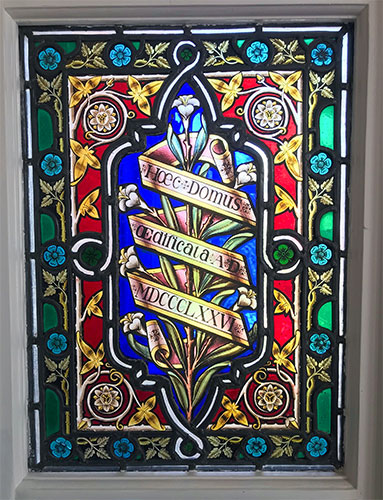 |
The Latin reads - This house was built AD 1876 |
|
The Rev. Thomas Webster Whistler was the Hempstead Vicar, living at the Vicarage from 1889 to 1911. It appears that he held house parties during that time and that a Wright family visited on at least one occasion. |
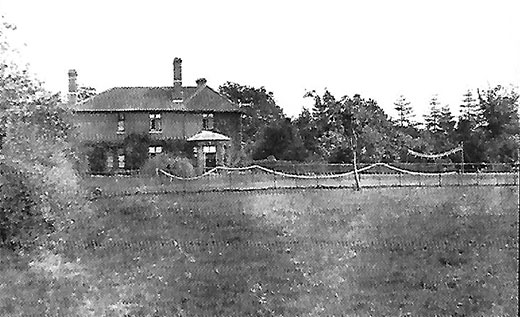 |
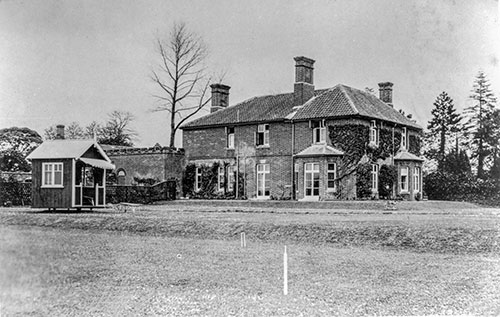 |
c.1900 |
Croquet lawn - c.1935 |
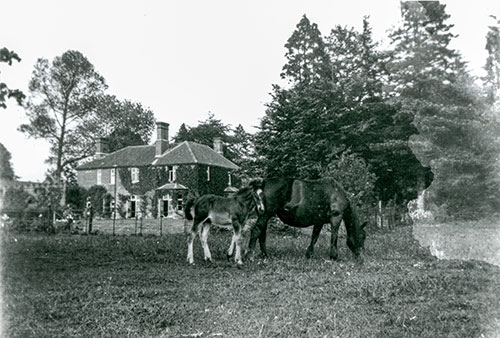 |
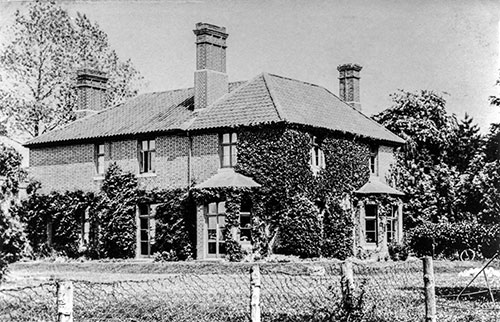 |
Iron fence - c.1950 |
Netting fence with bits of iron left - c.1955 |

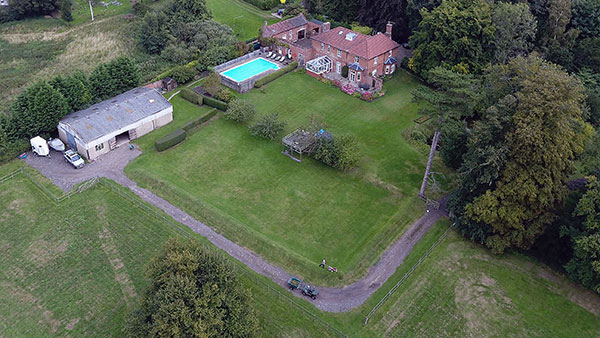 |
7th September 2017 |
Incumbents |
|||
| Ralph de Birstin | 1301 |
Edward Tilson | 1768 |
| Simon de Eggefield | 1332 |
William Tower Johnson Curate of Plumstead, Rector of Beeston ministered more or less frequently |
1770 |
| John Chatres | 1338 |
John Smith Rector of Holt ministered at Hempstead from time to time |
1772 |
| John Wright | 1351 |
Francis Bransby Curate of Hempstead and Rector of Edgefield |
1778 |
| John | 1370 |
John Ambrose Tickell | 1787 |
| Michael Crow | 1385 |
Stephen Frost Rippingale Curate | 1814 |
Record lost - at this time vicars were often laymen. Such vicars appointed priests as chaplains whose names were not always carefully recorded |
1385-1520 |
John Lang Girdlestone Curate of Hempstead and Rector of Baconsthorpe | 1814 |
| John Estmond | 1520 |
William M. Marcon Curate of Hempstead and Rector of Edgefield | 1814 |
| Henry Yarham | 1523 |
John Gunton Curate of Hempstead | 1833-1839 |
| John Walett (deposed 1553) | 1543 |
John William Methwold also Vicar of Wighton and curate of Wetheringsett | 1835 |
| John Cooke | 1544 |
J. C. Leake Curate of Hempstead for 45 years | 1859 |
| Robert Watson also rector of Bodham & Baconsthorpe |
1610 |
Charles Louis Rudd | 1873-1889 |
| Nicholas Bacon | 1662 |
Thomas Webster Whistler | 1889-1911 |
| John Gray (Instituted) | 1694 |
Claude Tennant Eastman | 1923 |
| Richard Chase | 1742 |
Paul Rogers Cleave | 1924 |
| John Custance Curate of Hempstead | 1744 |
Francis John Prior Wallis | 1932 |
| William Pierce | 1746 |
Alfred Millington Auden (cousin of poet W. H. Auden) | 1933-1938 |
| Thomas Meux Curate of Hempstead | 1766 |
||
After A. M. Auden retired in 1938, the Vicarage was eventually sold by the diocese. |
If you have any memories, anecdotes or photos please let us know and we may be able to use them to update the site. Please
or telephone 07836 675369 |
Website copyright © Jonathan Neville 2020 |